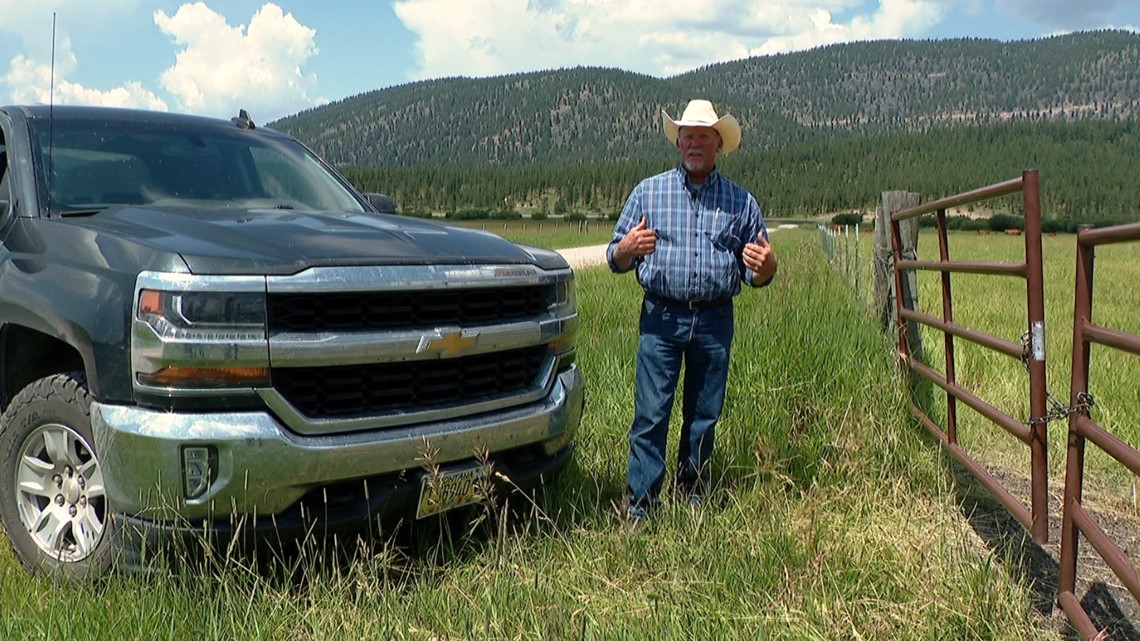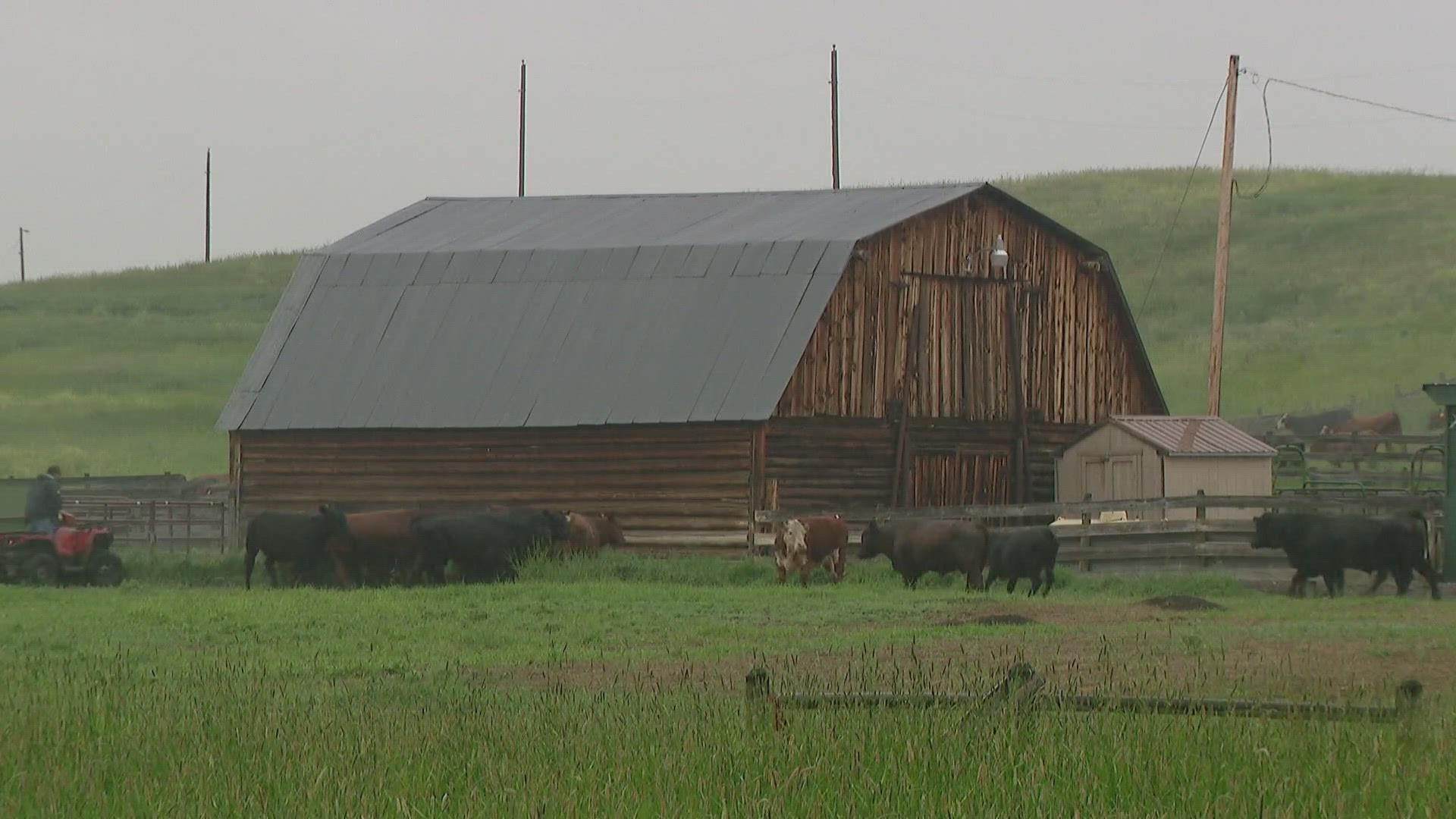OVANDO, Montana — Mountains and rolling green hills can make for a pretty home. That is certainly the case in the Blackfoot watershed in Montana that is known for beautiful views and abundant wildlife.
“We still have all the creatures that were here 223 years ago when Lewis made his return trip,” said Jim Stone said, referring to Lewis and Clark. He's a rancher who's lived for decades near Ovando, one of several small towns in the watershed. “We have a number of species that probably make people go a little crazy — we’re living with grizzly bears, wolves, lynx, to mountain lions, you name it.”
Grizzly bears and wolves are a challenge for ranchers, but Stone said that it is not something that causes him to lose sleep. He's a leader with a group called the Blackfoot Challenge.
“We found a sort of a unique way of having a conversation that brings out all sorts of people to the table and allows us to have a trustworthy conversation that really makes workable solutions,” Stone said. “Yes, we can still raise cattle in the Blackfoot and have wolves and grizzly bears. Is it the easiest thing? No, but it gives us the tools to make a difference.”
The Blackfoot Challenge is a group of private landowners, state and federal agencies and nonprofit organizations. They work together to find solutions to problems in the watershed, and that includes how to manage predators with nonlethal means.
“Instead of two voices trying to figure it out, we might have 30 voices helping solve that,” Stone said.
Ranchers in the area have the help of the group when they have problems, but also before they have issues with predators. One preventative measure used throughout the valley is fladry, which is a string of red flags on electrified braid, Stone said.
“The wolves don’t like the uniqueness of this product and maybe the shaking of the ribbons, so we might put this on the outside of the calving,” Stone said. “We’ve seen wolves come to it, but stay on the other side of it. It’s just one more tool we have to hopefully not have those interactions.”


Fladry along with electric fencing around calving areas help protect young calves. The Blackfoot Challenge also employs range riders, who keep an eye on heard health.
The conversations with government agencies has also proven helpful.
“The idea that state agencies would actually have us go and help them track and monitor and count wolves in the winter —most people don’t talk about it, don’t tell anyone where those wolves are,” Stone said. “This as completely the opposite. If they moved through that ranch, they would help us understand what that wolf would do.”
Trust is key. That is built through the conversations landowners have with Montana Department of Fish, Wildlife and Parks.
“Boy does that make you sleep well that you know it’s not that proverbial hammer that’s gonna whack us on the head," Stone said. "It’s going to be the hand to help us out.”
Another partnership the Blackfoot Challenge nurtures is with the Montana Department of Transportation, through a livestock and wildlife composting site, which processes hundreds of animals every year.
“The main point is let’s get them off the landscape so we’re not tracking bears into ranch yards, tracking bears and wolves where we don’t want them,” said Denny Iverson, who is also a rancher and Blackfoot Challenge member.
The compost site is on land donated by the state, and the Blackfoot Challenge donated electric fencing to keep out predators that might be interested in eating the composting animals. The service is free, and over time, has proven to be successful and popular.
“It took awhile for it to take off,” Iverson said. “As ranchers, we’re proud of what we do, and we don’t want all of our neighbors knowing when we lose a critter.”


Iverson said these collaborations take time, but they are worth it and necessary to help everyone in the watershed.
“We’re just all about getting landowners, producers, recreators with the right agency folks to get done what they want to get done,” Stone said. “I think we’ve become an organization people know they can rely on to get information, get good resources to fix whatever problem they have.”
The combination of all of the tools is what keeps livestock and predator deaths down in an area with 60 grizzly bears and an estimated 17 wolf packs. Stone said that these methods might not work in places like Colorado, where wolves were reintroduced in December, but having inclusive conversations about solutions will.
Iverson agreed.
“Landowners can take some hope out of it that we’re able to do it here,” he said.
SUGGESTED VIDEOS: Animals and Wildlife

